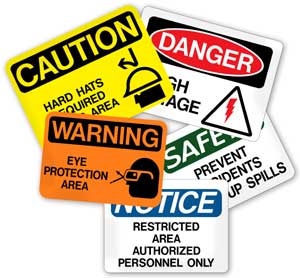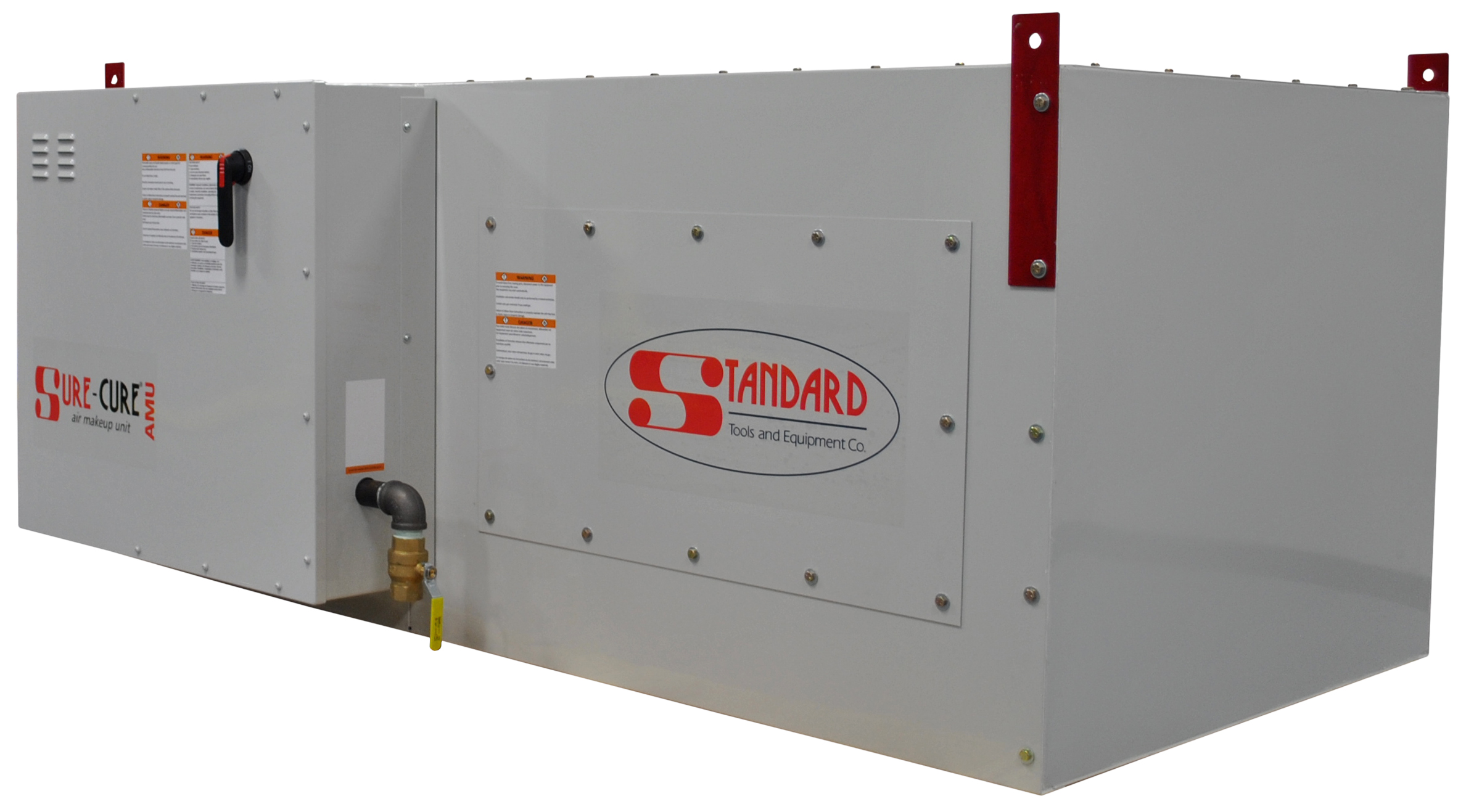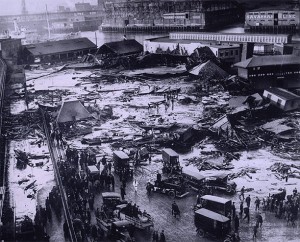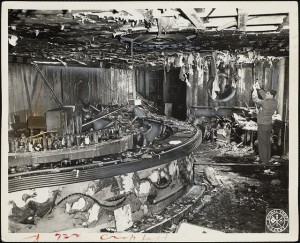 CODES,CODES, CODES.
CODES,CODES, CODES. (Spray Booth Code Requirements). It’s like when you’re in school and it’s always rules, rules, rules. They can be challenging, but we all know that they exist to promote the safe design, production and use of spray booths. They are what keep the folks working in the booth safe.
The codes are founded on common sense and from incidents from the field, like fires and explosions.
Governmental agencies or third-party groups, like the National Fire Protection Association (NFPA) or Underwriter’s Laboratories (UL), create, administer and enforce the codes.
As a manufacturer of paint spray booths, the codes are very important to us, and everything we do to create the safest work environment for our customer that is possible.
THE THREE “C’S” AND HOW WE USE THEM:
Compliant – Compliant means that Standard Tools uses the code as the basis in guiding our design, production and documentation. We meet or exceed the requirements based on our interpretation of the code.
Certified – A third-party testing lab like Intertek/ETL tests our booths and compares our production to the code and judges it to meet or exceed the code requirements. When we pass the testing, we get certification. We label our product, trace the product after it’s sold and go through a routine audit by the NRTL to ensure that Standard Tools continues to comply with the code.
Complete – This term means that all of the requirements in the code have been met by Standard Tools. The NFPA codes for spray booths go beyond the design, production and documentation that Standard Tools provides. There are requirements within the codes about the location of the spray booth, an adequate air supply and the use of licensed electricians.
With a car, there is a lot of responsibility that falls on the driver. You could have a really safe car, that was manufactured correctly, but if you fail to wear your seat belt, or you drive carelessly, it won’t matter how safe that car was made. It’s the same with a spray booth. A certified spray booth can be installed in an uncertified manner and that negates the entire certification. There are responsibilities of the spray booth owner. The owner is required to know and follow the instructions of safe installation and use that is provided with their spray booth from Standard Tools and Equipment.
CODES CORRELATED TO SPRAY BOOTHS
Standard Tools and Equipment is informed on the codes that apply to spray booth manufacturing and use. We understand how intensive and baffling the “code” can be … hey, sometimes we think that it may as well have been written in actual ‘code’ language
because it would seem just as foreign. Here’s a brief snippet of the codes and how they relate to spray booths.
NFPA-33 Spray Application of Flammable or Combustible Materials. This top-level code drives all other codes that are specific about spray booths and mixing rooms.
OSHA 29CFR19 10 Section 94 Ventilation and Section 107 Spray Application of Flammable or Combustible Materials
This is Federal code from OSHA with more detail about actual spray booth performance and how it relates to worker safety.
IFC International Fire Code, Chapter 15
This is an International code with less detail than NFPA-33. This often applies to spray booths in foreign-trade zones or in businesses owned by International organizations.
EPA’s NESHAP Rule XXXXXX and Rule HHHHHH
This is Federal code that defines maximum air quality emissions for auto body shops and industrial plants relative to spray operations.
State and local codes typically mimic federal codes but may have added requirements for local considerations like weather or seismic issues.
ANSI Z83.4 and CSA STD 3.7
American and Canadian codes relating to direct-fired heated air makeup systems.
UL-508A and CSA STD 22.2 No.1 4
American and Canadian codes relating to electrical control panels.
Canada has no active top-level code for spray booths. They recognize NPFA-33 and/or IFC Chapter 15. They do have codes that are specific to the electrical requirements and heated air makeup units.
Codes are not laws. Codes are enforceable guidelines to be interpreted by authorities such as local permitting agencies, insurance agencies and federal agencies, such as the EPA. The law is that a spray booth cannot be operated without a final permit to occupy. The ruling authority provides that occupancy permit based on their judgment of the codes and the spray operation. Every effort should be made to comply with the codes, but special situations may be permitted if the ruling authority deems the situation as acceptable.






